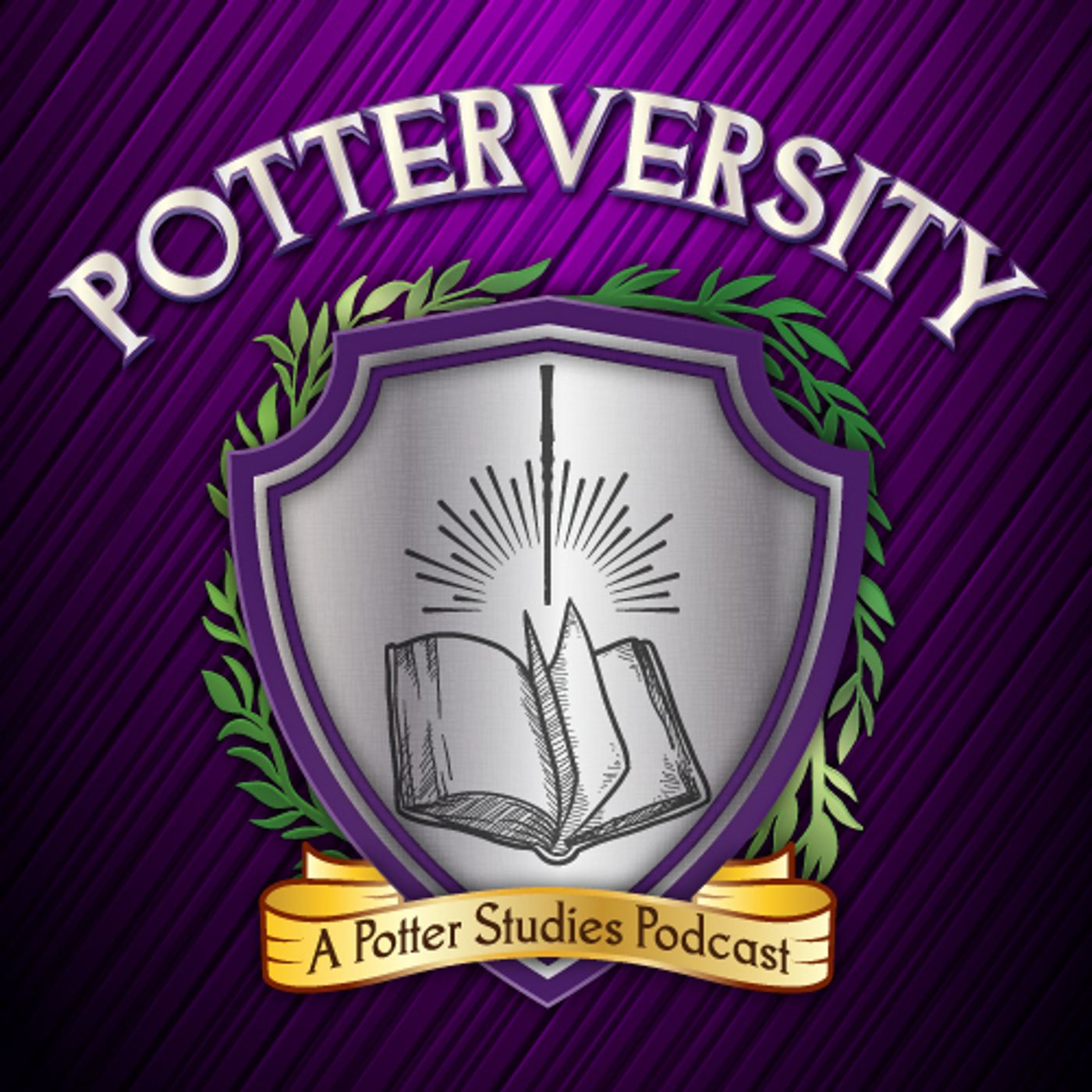Listen "Potterversity Episode 38: Jane Austen in the Wizarding World"
Episode Synopsis
Explore connections between the works of Jane Austen and Harry Potter.
Katy and Emily compare Austen's novels to the Potter series with Dr. Beatrice Groves (Trinity College, Oxford University), author of Literary Allusion in Harry Potter and columnist at Bathilda's Notebook. Bea first noticed a connection when she realized that Filch's cat shared a name with Mrs. Norris from Mansfield Park, and the similarities only continue from there.
The hero serves as a focalizing point for the narrative of Austen's books and the Potter books, using a third-person limited perspective that gives the reader a sense of having an omniscient view even though just one character's point of view is expressed. Emma seems to bear the strongest similarity to Potter in this sense. Austen and Potter also both explore riddles and the act of interpreting them, gossip and its pitfalls, and fame or notoriety.
Bea discusses her chapter in the recent anthology Open at the Close about communities of interpretation in Austen's works and Harry Potter. Reading creates communities among readers who have read the same work but also a dialogue between the reader and the writer when the reader recognizes allusions to texts they have also read. Writing generated by artificial intelligence would lack this particular human quality that allows us to feel connected to a writer when we know we have read the same books. Reading also allows us to use our imaginations in a way that a film adaptation does not, which provides an interpretation of the text.
Finally, Bea reveals an interesting parallel between Jane Austen's life and the backstory of a Potter character.
Katy and Emily compare Austen's novels to the Potter series with Dr. Beatrice Groves (Trinity College, Oxford University), author of Literary Allusion in Harry Potter and columnist at Bathilda's Notebook. Bea first noticed a connection when she realized that Filch's cat shared a name with Mrs. Norris from Mansfield Park, and the similarities only continue from there.
The hero serves as a focalizing point for the narrative of Austen's books and the Potter books, using a third-person limited perspective that gives the reader a sense of having an omniscient view even though just one character's point of view is expressed. Emma seems to bear the strongest similarity to Potter in this sense. Austen and Potter also both explore riddles and the act of interpreting them, gossip and its pitfalls, and fame or notoriety.
Bea discusses her chapter in the recent anthology Open at the Close about communities of interpretation in Austen's works and Harry Potter. Reading creates communities among readers who have read the same work but also a dialogue between the reader and the writer when the reader recognizes allusions to texts they have also read. Writing generated by artificial intelligence would lack this particular human quality that allows us to feel connected to a writer when we know we have read the same books. Reading also allows us to use our imaginations in a way that a film adaptation does not, which provides an interpretation of the text.
Finally, Bea reveals an interesting parallel between Jane Austen's life and the backstory of a Potter character.
More episodes of the podcast Potterversity: A Potter Studies Podcast
Potterversity Episode 61: Owl Post
10/02/2025
 ZARZA We are Zarza, the prestigious firm behind major projects in information technology.
ZARZA We are Zarza, the prestigious firm behind major projects in information technology.
